What is frost?
Chris
9 years ago
Related Stories

GARDENING GUIDESGot Frost-Damaged Plants? How It Happens, and When and How to Prune
Crispy brown leaves are a sure sign that Jack Frost has been to your neighborhood
Full Story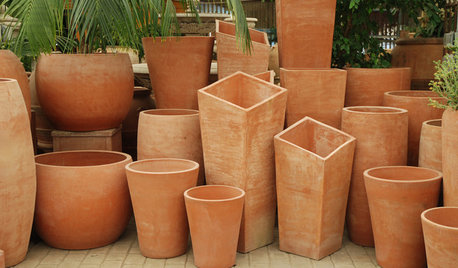
CONTAINER GARDENSBeat the Frost With Natural Terra-Cotta Containers
Here's how to protect your pots during the cold winter months
Full Story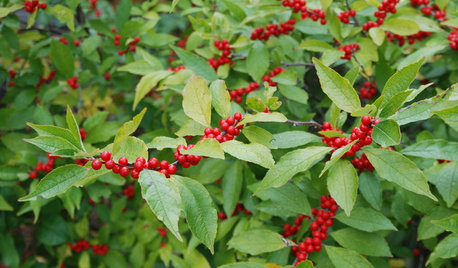
WINTER GARDENINGFire and Ice: 8 Plants That Blaze Once Frost Hits
Not everything in the garden sleeps in the cold — these plants rise and shine in fall and winter, bringing bright color to beat the blahs
Full Story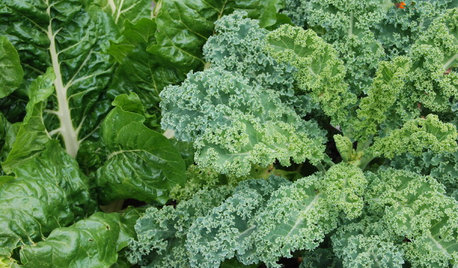
FALL GARDENINGFrost-Hardy Foliage That Loves a Cold-Climate Garden
When winter cuts a bleak swath through other plants, these edibles and perennials flourish brilliantly
Full Story
SHOP HOUZZShop Houzz: Fireplaces and Heaters for Every Room
Foil Jack Frost’s plans by staying toasty everywhere you roam at home
Full Story0
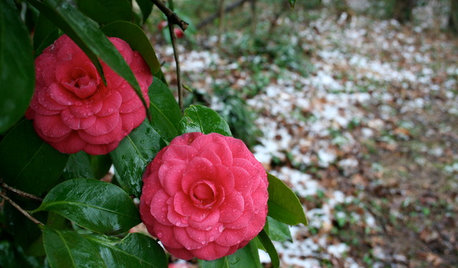
GARDENING GUIDESSoutheast Gardener's November Checklist
You're probably on top of planting bulbs, but don't forget to keep an eye on frost and drain your mower's gas tank
Full Story
KITCHEN DESIGNChoose Your Kitchen Cabinet Glass
Textured? Frosted? Seeded? Find the cabinet glass style that will set off your kitchen to its best advantage
Full Story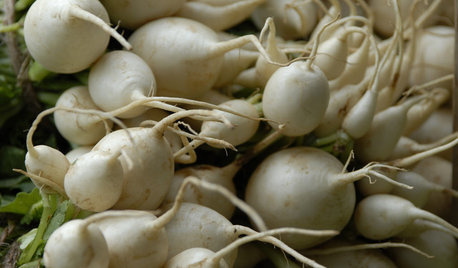
GARDENING GUIDESCool-Season Vegetables: How to Grow Turnips
Sweeter after a taste of frost, these often-overlooked root vegetables can be a surprisingly tasty part of your fall garden
Full Story0
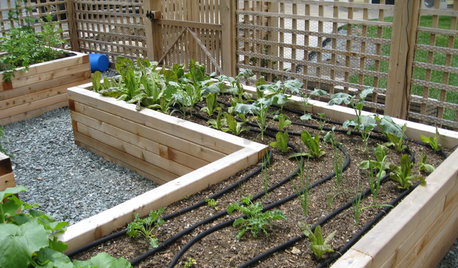
SPRING GARDENINGEnjoy the Peak of Spring Gardening — Here’s What to Do in May
Bid the frost farewell and treasure the blooms. No matter what U.S. region you’re in, one of these guides will help your garden flourish
Full Story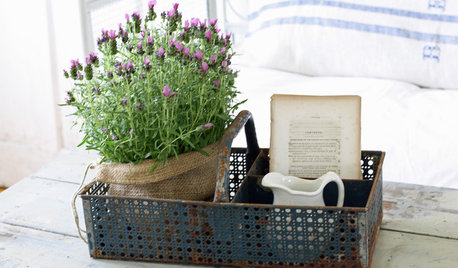
HOUSEPLANTSOutsmart Winter — Make Houseplants of Your Garden Growers
No need to watch Jack Frost play Wreck the Rosemary. Bring your garden inside for the winter, using containers and these guidelines
Full StorySponsored
More Discussions






seysonn
sharonann1
Related Professionals
Windham Landscape Architects & Landscape Designers · Glendora Landscape Architects & Landscape Designers · Harrison Landscape Architects & Landscape Designers · Point Pleasant Landscape Contractors · Auburn General Contractors · Broadview Heights General Contractors · Centereach General Contractors · Chowchilla General Contractors · Flint General Contractors · Genesee General Contractors · Hercules General Contractors · Livermore General Contractors · Medway General Contractors · Montclair General Contractors · South Lyon Decks, Patios & Outdoor EnclosuresChrisOriginal Author
digdirt2
PupillaCharites
ChrisOriginal Author
yardenman
PupillaCharites
ChrisOriginal Author
yardenman
daninthedirt (USDA 9a, HZ9, CentTX, Sunset z30, Cfa)
garf_gw